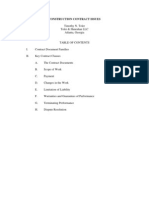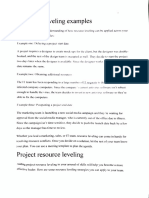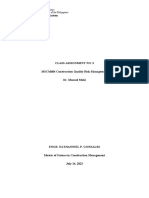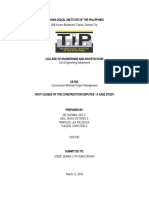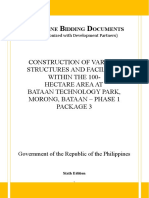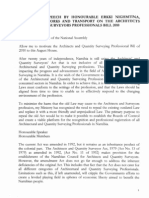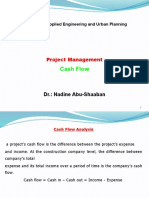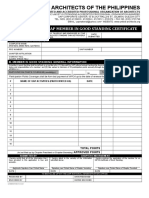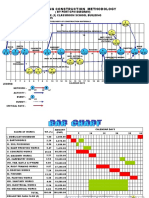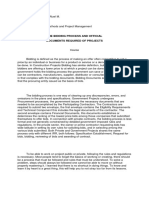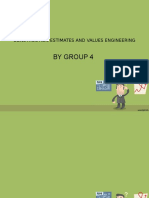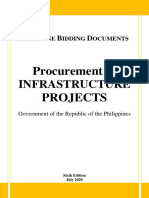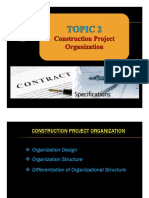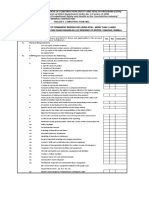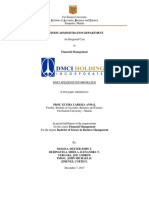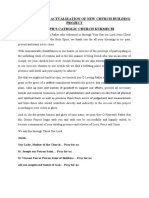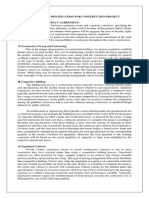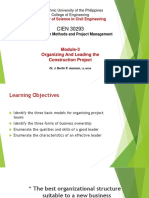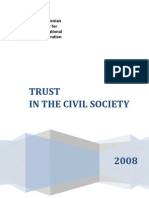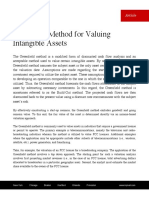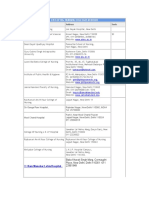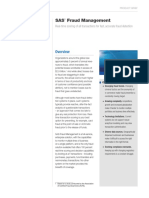100% found this document useful (1 vote)
464 views55 pagesConstruction Cost Estimation Guide
The document provides information about construction cost estimates, including the following key points:
1. Construction cost estimating involves calculating the costs and quantities of work items to develop a budget. It requires understanding construction materials, methods, labor, and equipment.
2. Estimates are organized in a work breakdown structure and may follow standards like MasterFormat.
3. The main types of construction contracts are stipulated sum/unit price, cost-plus, and project management.
4. Estimates range in accuracy from floor area estimates (±40%) to detailed estimates (±7%) as more information is available.
5. Developing accurate estimates requires careful quantity take-offs, supplier quotations, and consideration of construction
Uploaded by
Okita SoujiCopyright
© © All Rights Reserved
We take content rights seriously. If you suspect this is your content, claim it here.
Available Formats
Download as PDF, TXT or read online on Scribd
100% found this document useful (1 vote)
464 views55 pagesConstruction Cost Estimation Guide
The document provides information about construction cost estimates, including the following key points:
1. Construction cost estimating involves calculating the costs and quantities of work items to develop a budget. It requires understanding construction materials, methods, labor, and equipment.
2. Estimates are organized in a work breakdown structure and may follow standards like MasterFormat.
3. The main types of construction contracts are stipulated sum/unit price, cost-plus, and project management.
4. Estimates range in accuracy from floor area estimates (±40%) to detailed estimates (±7%) as more information is available.
5. Developing accurate estimates requires careful quantity take-offs, supplier quotations, and consideration of construction
Uploaded by
Okita SoujiCopyright
© © All Rights Reserved
We take content rights seriously. If you suspect this is your content, claim it here.
Available Formats
Download as PDF, TXT or read online on Scribd
/ 55




